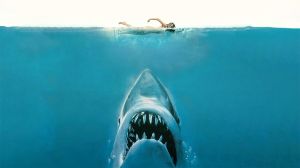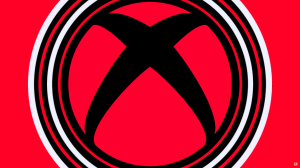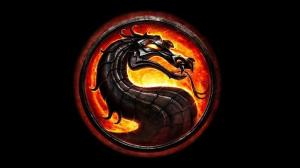Jim Corrigan (Stephen Lobo) made his appearance on tonight’s episode of The Flash, the third chapter of the “Crisis on Infinite Earths” crossover event on The CW. And of course, ever since the announcement came that Corrigan would be a part of the story, fans have wondered what, if any, role The Spectre would play in the story going forward. When promotional photos for the episode surfaced, images of Lobo standing in a wooded area in what appears to be Lian Yu drove some discussion, especially given that Oliver Queen (Stephen Amell) and his team headed there on the fall finale of Arrow.
Videos by ComicBook.com
The Spectre is a superhero created by Superman writer Jerry Siegel with artist Bernard Baily. He first appeared in More Fun Comics #52 — the same title which would later feature first appearance of Green Arrow, as well. More an antihero than a straight up hero, The Spectre plays the role of, essentially, the wrath of God. vengeful and violent character, The Spectre is known not just for killing the villains he faces, but often for doing it in creative, gory, and ironic ways. It was born out of the “anything-goes” creative spirit of the pre-Comics Code titles of the Golden Age, but remained a staple of the character long after that era ended.
A DC Universe animated short based on the character featured someone being killed by papercuts — using a tornado made up of money they had stolen. So…that kind of thing.
The Spectre is cosmically powerful, nearly unbeatably so, but needs a physical host to keep him tethered to the physical world. Usually, that host is Jim Corrigan, a murdered police officer out for justice in the afterlife. Later hosts include former Green Lantern Hal Jordan, who reinvented the idea of The Spectre as an instrument of divine forgiveness rather than wrath, as well as another murdered police officer, Crispus Allen.
In the Crisis on Infinite Earths comics, The Spectre had undergone some things that had severely decreased his power level, meaning that when he helped take on The Anti-Monitor, it wasn’t at full strength. He still played a brief-but-significant role in aiding the heroes who battled the Anti-Monitor in the story’s final battle at the dawn of time.
The “Crisis” event brings together the heroes from multiple Earths to battle against the Anti-Monitor (LaMonica Garrett), a godlike villain who threatens to destroy all reality. In the comics, the story ended with the deaths of The Flash and Supergirl, and the destruction of DC’s multiverse, leading to a single Earth with a complex history packed with hundreds of heroes.
The event is the most ambitious thing DC has ever attempted in live action, bringing together characters from all six of the current DC Comics adaptations on The CW (Arrow, The Flash, Supergirl, DC’s Legends of Tomorrow, Batwoman, and Black Lightning), along with characters and actors from Titans, the 1990 version of The Flash, the short-lived Birds of Prey, Smallville, Superman Returns, Tim Burton’s Batman, and the iconic 1966 Batman series.
“Crisis on Infinite Earths” kicked off this week with Sunday night’s episode of Supergirl, ran through last night’s episode of Batwoman and tonight’s episode of The Flash. That serves as the midseason cliffhanger, as the shows go on hiatus for the holidays and return on January 14 to finish out the event with the midseason premiere of Arrow and a “special episode” of DC’s Legends of Tomorrow, which launches as a midseason series this year and so will not have an episode on the air before the Crisis. And while Black Lightning‘s midseason finale — which aired last night after Batwoman — is not technically part of “Crisis on Infinite Earths,” there are red skies, and the episode’s title is “Earth Crisis.” So things are not too far removed.









